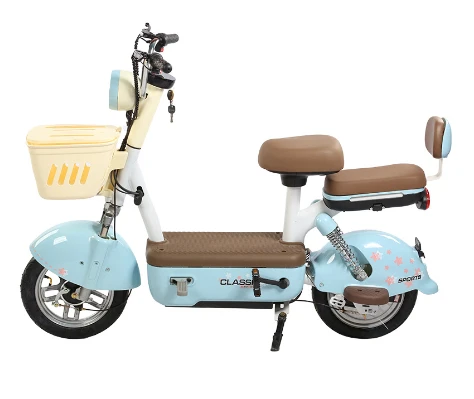Feb . 20, 2025 04:33 Back to list
derailleur on mountain bike


Cable tension plays a pivotal role in the smooth operation of the front derailleur. With the chain on the smallest chainring and largest rear cog, check the cable tension. The barrel adjuster is your primary tool here. Increase the tension by turning the barrel adjuster counterclockwise if the derailleur is sluggish when shifting to larger chainrings. Conversely, release tension by turning it clockwise if the derailleur hesitates to shift down to smaller chainrings. Fine-tuning the adjustments is often the final step. Test the entire range of gears, ensuring smooth shifts both up and down the chainrings. Pay close attention to any chain rub in extreme gear combinations and adjust accordingly using the barrel adjuster for minor tension tweaks and the limit screws for positioning. Remember, it is rare for all adjustments to fall perfectly into place on the first attempt. Patience and repeated testing are key. Regular maintenance of the Shimano front derailleur extends beyond initial adjustment. Keeping the drivetrain clean, the derailleur components lubricated, and routinely checking for cable stretch can all contribute to long-term shifting performance. In conclusion, while adjusting a Shimano front derailleur demands attention to detail and patience, it is an essential skill for any mountain biking enthusiast. Mastery of these adjustments not only improves the bike’s performance but also enhances the ride quality, empowering riders to tackle diverse trails with confidence. By understanding the mechanism and dedicating time to meticulous adjustments, cyclists can ensure smooth and flawless shifting in their mountain biking adventures.
-
In-Depth Guide to Ebike Frames: Design, Use & Future Trends
NewsNov.25,2025
-
Discover Top E Bike Brand Insights, Specs & Future Trends | Yanline Bike
NewsNov.24,2025
-
Green E Bike – The Future of Sustainable Urban Mobility
NewsNov.24,2025
-
Ruffian eBike: Durable, Efficient Electric Bikes for Modern Mobility
NewsNov.23,2025
-
Comprehensive Guide to the Global E Bike Market and Future Trends
NewsNov.23,2025
-
Understanding Electric Bicycle Range: A Complete Guide for Smarter E-Bike Use
NewsNov.22,2025
-
Ceron Electric Bike – Efficient, Sustainable Urban Mobility Solutions
NewsNov.22,2025




